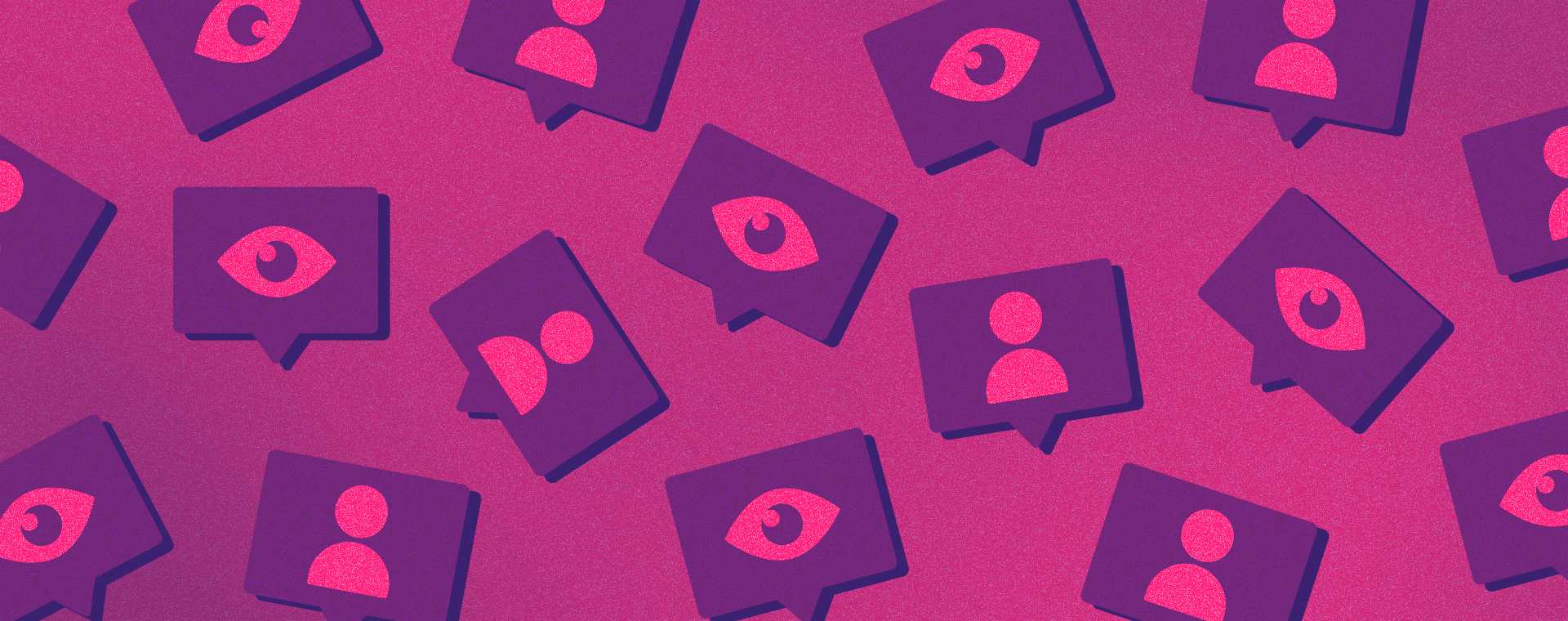Make your B2B website more engaging with gamification
By: Abagail Maxwell
December 11, 2024 | Reading Time: 6 mins
Video games are remarkable at captivating players and keeping them fully engaged. So, it’s no surprise that there’s a growing audience of over 2.6 BILLION gamers worldwide. Designers and marketers can borrow a page from the gaming world to make B2B websites almost as fun and engaging with the power of gamification.
What is gamification?
When elements from video games, like rewards or badges, are incorporated into non-gaming-related products or services (in this case, a website) this is called gamification. Website gamification is all about tapping into the human desire for achievement, competition, progression, and delight, making the experience of using the product more enjoyable to drive user engagement.
“Good gamification doesn’t just make things fun; it leverages the science of motivation to change behavior and solve real-world problems.”
Gabe Zichermann, Gamification and Behavior Design Specialist
Think of it as a layer to your user experience. It’s not about making your website look like a Call of Duty interface but rather borrowing strategies from game mechanics and thoughtfully layering them where they make sense for your brand and the experience.
Benefits of gamifying your website
There are so many benefits that come from optimizing your website with gamification, including:
- Increased engagement: Gamification elements encourage users to spend more time interacting with a website by making the experience more enjoyable and more rewarding.
- Increased motivation: Motivators like rewards, badges, or achievements trigger dopamine similar to real-life rewards and keep people motivated to complete tasks.
- Improved user experience: Gamification makes the user experience more enjoyable since it’s more game-like and can also make processes easier to follow.
- Increased brand awareness: Adding game elements can help set a B2B website apart from the competition and contribute to increased brand awareness. Unique, game-like experiences will help users remember the brand and can encourage users to share their interactions with others.
Elements of gamification and B2B examples
Points and rewards
Points are a type of incentive users can earn by completing certain actions on a website. Generally, once a certain number of points are collected, they can be redeemed for rewards like badges or discounts. They’re an effective tactic to get users to complete tasks because they satisfy people’s want for a reward, create competition, and give a sense of accomplishment for making progress.
Example: Minecraft and WPMU Dev
Many video games use a points system like experience points (XP). Minecraft is a very popular example of this. Players can earn XP by completing specific tasks in the game like mining or fishing. Points can then be used to enhance players’ equipment which is like trading them in for a reward.

A B2B example of this is WPMU DEV’s hero points used on the community forum part of their website. Contributors can earn points for collaborating with the community and they can be traded for a free membership. B2B websites can utilize points to prompt users to take desired actions and engage more with the content on their website.

Progress bars
Progress bars indicate a user’s progress in completing a task. This game mechanic is effective on websites because it encourages users to continue going and creates a sense of accomplishment when they complete an action.
Example: Among Us and LinkedIn
The game Among Us uses a progress bar on the top of the screen to indicate to players how many tasks are left until the game is won. This encourages players to complete their tasks to fill up the bar so they can win.

Similar to this, LinkedIn uses a progress bar on the homepage to guide new users through setting up their profiles. It motivates users to complete recommended actions, like filling out their work experience or connecting with others, to reach 100% completion. Not only that, but it creates a sense of transparency and let’s users know how far along they are in a process. This mechanic can be used on B2B websites to motivate users to complete forms, profiles, or other processes.

Badges and achievements
Badges are another incentive that represents the completion of an achievement or task. They tap into the natural desire for recognition and rewards, making it more exciting to engage with content.
Example: League of Legends and HubSpot Academy
League of Legends is a leading esports game that has tokens (badges) players can earn through challenges. Players are motivated to complete challenges, so they can get the tokens to show off on their profile. These badges are often a point of pride, especially when they require a lot of time, effort, or skill to obtain, and increase their perceived status.

In the B2B space, HubSpot Academy invites users to complete free certifications and awards completion badges that can be added to LinkedIn profiles. These can be valuable on any SaaS web-based platforms or B2B websites to encourage users to complete actions or engage with content.

Leaderboards
Leaderboards rank users based on metrics like progress or performance creating friendly competition. This is an effective game mechanic because it encourages users to compete to make it to the top of the leaderboard.
Example: Mario Kart and SAP
Throwing it back to an iconic Nintendo game—Mario Kart uses a leaderboard at the end of each race to show player performance. It’s hardwired into our mammalian brains to want to be at the top of the social ladder (or in this case, the top of the leaderboards) and we love the flood of serotonin we get from winning. 
An example of a B2B website that uses leaderboards is SAP. On their community forum website, they use a points-based leaderboard to showcase Top ‘Kudoed’ Authors. This creates friendly competition among contributors to provide helpful insights on the forum. B2B websites can use leaderboards to drive engagement with content, recognize top performers, or foster friendly competition. Leaderboards can also tap into social sharing by providing users with something to share online! Who doesn’t like to engage in a little humble bragging?

Principles for effective website gamification
To get the most benefit out of gamification in a website, it should be applied strategically. You should keep these three things in mind:
- Authenticity: Gamification should create a more enjoyable website experience—not a gimmicky one. It shouldn’t be used as a trick people to do things. To avoid this, keep the main focus on the website’s objective and don’t let the rewards overshadow it.
- Balance: Your service should be the main focus, not the gamification. If the whole website is taken over by game elements it can become confusing and take away from the experience. It’s important to keep things simple and stay focused on your website’s purpose.
- User experience: You want to keep the user experience of your website and gamified elements top of mind. Test and hold any gamified mechanics to the same user experience standards as the rest of the website. Adding elements with a bad user experience won’t have the same positive effect and can add more confusion.
Level up your digital experiences with game mechanics
Strategic and thoughtful gamification on B2B websites can boost user engagement, enhance motivation, elevate your brand, and improve the overall user experience. If these sound like wins for your business, it might be time to level up your website with gamification. GGs! Thanks for reading this blog, now collect your coins!








